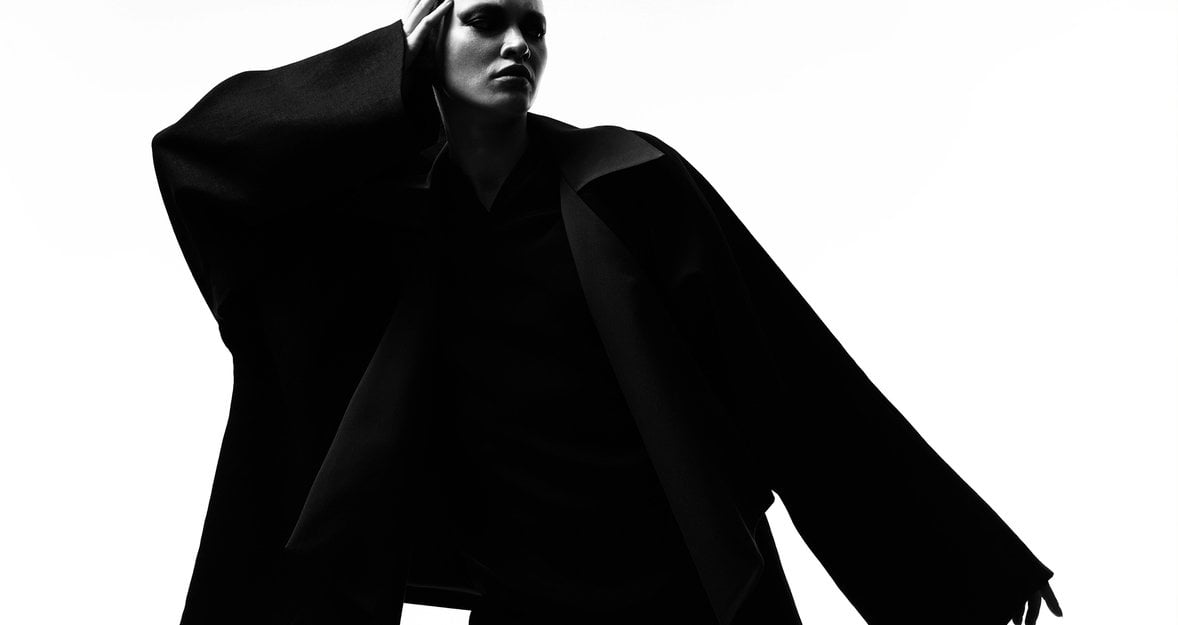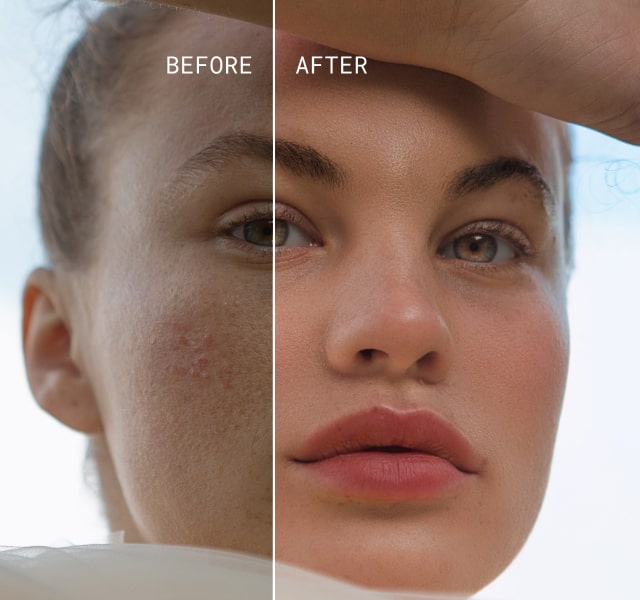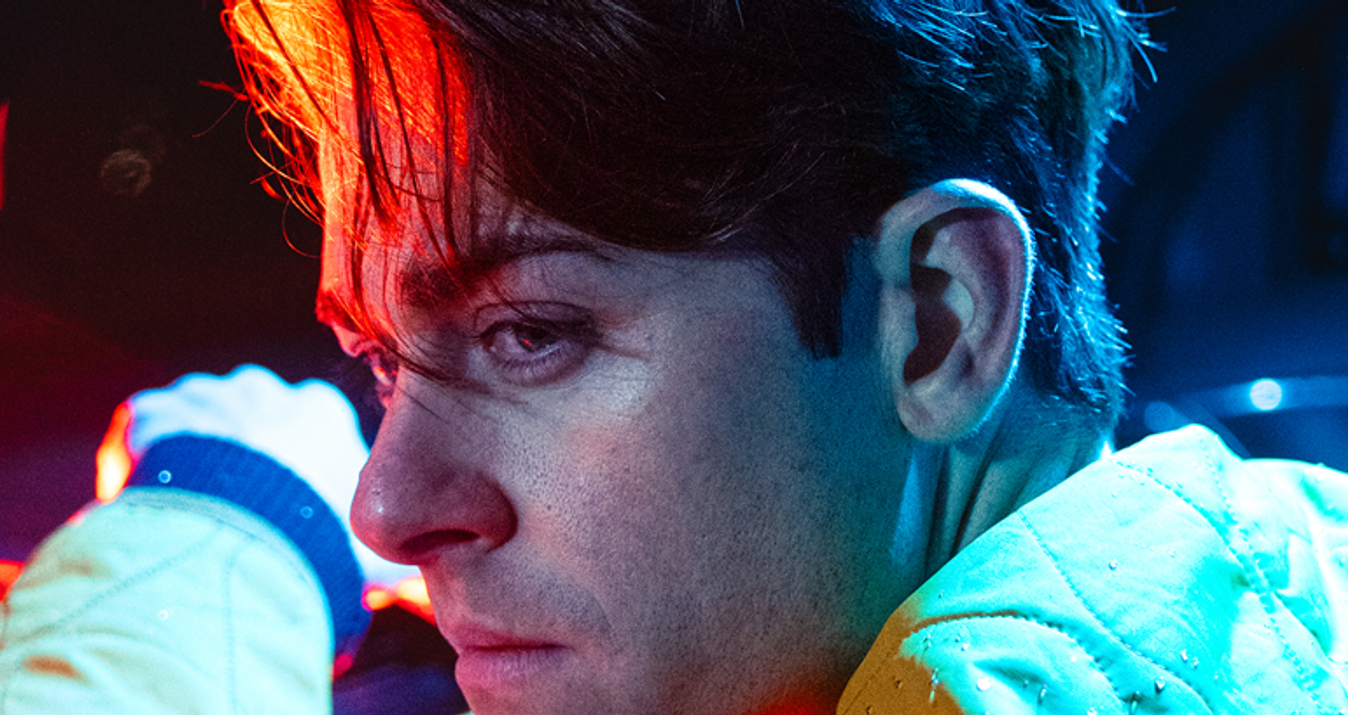Breaking the Mold: Exploring Non-Traditional Photography Styles
February 19, 2025

So you’re a portrait photographer, and you’re realising that it’s harder than ever to stand out from the crowd. Social media has made it easier to get work in front of an audience that could potentially include dream clients and brands, but there is just one issue: it’s both easy for you and every other portrait photographer out there.
That’s why you need to start thinking outside the box and consider different approaches to help draw attention to your photos. So, if that is the sort of thing that you’re looking for, then follow these tips in our article to start breaking the mold by exploring non-traditional portrait photography styles.
Looking Like Everyone Else
 We want to explore different approaches to portrait photography so that our work does not look the same as everyone else’s. Think about how social media is consumed. Each individual post is given just a few seconds of attention, if that, before the user continues their endless scroll. The exception is when something unique and bold catches their eye, stopping them in their tracks. This can lead to interaction with your image, which increases its reach and the likelihood of getting in front of the right people, such as potential clients and brands.
We want to explore different approaches to portrait photography so that our work does not look the same as everyone else’s. Think about how social media is consumed. Each individual post is given just a few seconds of attention, if that, before the user continues their endless scroll. The exception is when something unique and bold catches their eye, stopping them in their tracks. This can lead to interaction with your image, which increases its reach and the likelihood of getting in front of the right people, such as potential clients and brands.
Breaking away from traditional styles of portrait photography also has other benefits, including carving out a niche and being able to set higher prices for your work. If you consistently develop your own style for creating high-quality portraits, you will start to establish yourself as the go-to photographer for that specific approach. This exclusivity allows you to charge higher rates because only you can provide that unique service to your clients.
What Makes a Portrait “Non-Traditional”?
 Before diving into unique styles that you can explore in your work, let’s examine the elements that define a non-traditional portrait. As you think through these components, your creative mind should start sparking new ideas.
Before diving into unique styles that you can explore in your work, let’s examine the elements that define a non-traditional portrait. As you think through these components, your creative mind should start sparking new ideas.
Poses: Traditional portraits often rely on elegant, reserved poses to perfectly showcase the model and outfit. Instead of following these conventions, consider finding more expressive attitudes that bring out emotion rather than simply highlighting wardrobe. While clothing is central to fashion photography, you can amplify its impact through dynamic actions rather than sticking to classic hands-on-hips poses.
Setting: A large portion of fashion and portrait photography takes place in studios with standard blank backdrops, designed to avoid distracting attention from the model. But what if the backdrop itself became a focal point, contributing to the themes you want to capture? For outdoor portraits, you can move away from safe, conventional locations and experiment with backdrops that are more vibrant or even intentionally distracting, as long as it aligns with the story you want to tell.
Lighting: Forget conventional lighting techniques and ratios. This is your opportunity to get experimental. Consider taking a whole new approach to your setup, such as incorporating gels to introduce bold colours and vibrancy into your shots. Portrait studio lighting is the most crucial aspect of photography, and by pushing the boundaries here, you can create work that truly stands out.
Unique Styles to Explore
 It’s time to start planning some ideas to try on your next shoots. Remember, breaking the mold will take some trial and error as you experiment with different themes and ideas. When attempting new approaches to portrait photography, think critically about what worked and what didn’t, and review your photos carefully before sharing them online. You could even seek feedback from trusted peers to get fresh perspectives on your new work.
It’s time to start planning some ideas to try on your next shoots. Remember, breaking the mold will take some trial and error as you experiment with different themes and ideas. When attempting new approaches to portrait photography, think critically about what worked and what didn’t, and review your photos carefully before sharing them online. You could even seek feedback from trusted peers to get fresh perspectives on your new work.
Conceptual Ideas
Build your shoot around a theme or story. Every element, from outfit to poses, lighting, and setting, should contribute to telling that story.
Example: If you’re shooting sportswear, take inspiration from the emotions or moments tied to the sport. Highlight the precision of high-performance driving, the intense focus of a tennis player about to serve, or the raw determination of a football player facing a penalty shootout. Strip away the surface layers of the sport and capture something genuine and emotive.
You may also like: Unique Portrait Photography: Fresh Takes
Candid Portraits
Step away from traditional poses entirely by focusing on candid moments. Let your model act naturally in their environment, with minimal direction. For the most part, take a step back and aim to make the model forget you’re even there.
Example: This style works especially well outdoors. Use a longer focal length to observe your model from a distance as they go about their day. Make them stand out with bright or contrasting outfits, or through unique editing choices.
Environmental Portraits
These involve capturing your model interacting with their surroundings. Whether the poses are candid or directed, they should help tell a story or align with the shoot’s theme.
Example: If shooting urban wear, immerse the model in city life. Snap shots of them boarding a bus, walking out of a shop, or crossing a bustling street. Situational elements like these create a narrative that feels fresh compared to standard urban-wear portraits.
Abstract and Surreal Portraits
Challenge the conventions of portrait photography by diving into abstraction and surrealism. This could involve unconventional shooting techniques or experimental editing.
Example: Break photography rules entirely. Ignore traditional composition, leave excessive headroom, or crop limbs unexpectedly. Experiment with overexposure, underexposure, distorted perspectives, or motion blur. To ensure your work feels intentional rather than careless, consider creating a series with a consistent process or theme.
You may also like: Cinematic Portraits Tutorial: Tell Story Visually
Minimal yet Experimental Portraits
Simplify everything, stripping away distractions to focus on the essentials. Showcase themes and ideas clearly and instantly.
Example: Use minimal backdrops that match or complement the tone of the model’s outfit. Let the model’s expression and body language take centre stage. Loud, dynamic poses, like those of a dancer or performer, will become even more striking against a minimalist backdrop, giving the scene a sense of depth and impact.
Inspiration for Non-Traditional Portraits
 Thinking outside the box is often easier said than done. Coming up with abstract ideas that work is a skill that takes time to develop. To help you get started, here are some tips on finding inspiration and bringing those ideas to life. Before you know it, each shoot will start to inspire the next.
Thinking outside the box is often easier said than done. Coming up with abstract ideas that work is a skill that takes time to develop. To help you get started, here are some tips on finding inspiration and bringing those ideas to life. Before you know it, each shoot will start to inspire the next.
You may also like: References for Portrait Photography – Inspiration & Free PDF
1. Movies and Television
Pause some of your favourite scenes from films or shows that align with the style you want to explore. Pay attention to the director’s choice of camera angles, lighting, the actor’s expressions, and the setting. These elements can serve as a blueprint for your own photography.
2. Books
If your goal is to tell stories through your portraits, look to authors for inspiration. Note how they describe characters, emotions, or environments, and think about how you could visually represent those descriptions in your work.
3. Other Photographers
Browse through the portfolios of photographers you admire and have a notebook handy. Quickly glance at their work and identify which photos stand out to you the most. Why do they catch your attention? What elements make them unique? Jot down your observations and look for recurring themes to incorporate into your shoots.
4. Take a Walk
Sitting at your desk waiting for inspiration can sometimes stifle creativity. Instead, go for a walk or engage in an activity that helps clear your mind. Inspiration often strikes when you least expect it. Let your ideas flow naturally rather than forcing them.
The Bottom Line
Thinking outside the box, breaking the mold, and standing out is no easy feat. It’s a skill, one that the top photographers in their field have honed through dedication and consistency. But skills aren’t something you’re born with; they’re developed through practice and perseverance. If you want to move beyond standard portraits, you’ll need to push yourself and work harder than ever to create eye-catching pieces.
This can be achieved by experimenting with the settings you shoot in, the poses you choose, and the lighting you use to shape your scene. Explore narratives to enhance the storytelling aspect of your shoot or to reinforce the themes of the outfits. Always keep searching for inspiration, document everything that catches your eye, and find ways to bring that into your work.
There will be plenty of trial and error on your journey to truly breaking the mold. Enjoy the process, you’ll become a much better photographer because of it.



